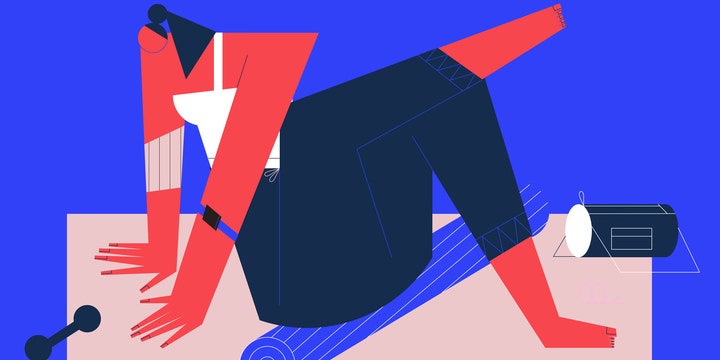
[ad_1]
And to make this journey a little more fun: Sign up for a diabetes cooking class, whip up a new recipe from a diabetes-friendly cookbook, or sign up for a diabetes meal service to make weeknights a little easier.
2. Exercise regularly, if you can.
Everyone can benefit from increased physical activity (if they have the time, space, and ability to do it), but for people with type 2, there’s an added perk.
When you work out, your body’s muscles and tissues get more sensitive to insulin, so they absorb extra blood sugar. This can help any medication you’re taking work better and lower your risk of heart disease, nerve problems, or other potential complications, per the Centers for Disease Control and Prevention (CDC).
The ADA recommends getting at least 150 minutes of moderately intense exercise throughout the week. That might sound like a lot, but anything that gets your heart rate up a bit, like a brisk walk, a bike ride on a flat road, or simply mowing your lawn, counts toward that 150 minutes. If you’re doing vigorous workouts, like running or swimming laps, the goal is half that—75 minutes a week.
A little bit of movement is better than none at all, so don’t sweat it (pun intended) if you don’t hit those numbers perfectly each week. Research suggests that even taking a 2-minute walk after eating a meal might help lower blood sugar.3
Here are some tips to help you get back into exercising if it’s been a minute or you’re starting a workout routine for the first time.
3. Take your meds exactly as prescribed.
Not everyone with type 2 diabetes needs to take medication. Some folks can keep their blood sugar in the healthy range by eating well and moving often. However, most people with type 2 eventually need medication to keep their blood sugar under control.
There are lots of treatment options to consider. Your doctor may give you an oral medication called metformin as the first option to try.4 It reduces the amount of glucose your liver makes and amps up your body’s sensitivity to your own insulin, which lowers blood sugar. There are other medications, like sulfonylureas, that help your body produce more insulin naturally. If you need to take insulin (many people with type 2 don’t), you’ll likely start with a once-a-day, self-administered injection of the hormone.
[ad_2]





